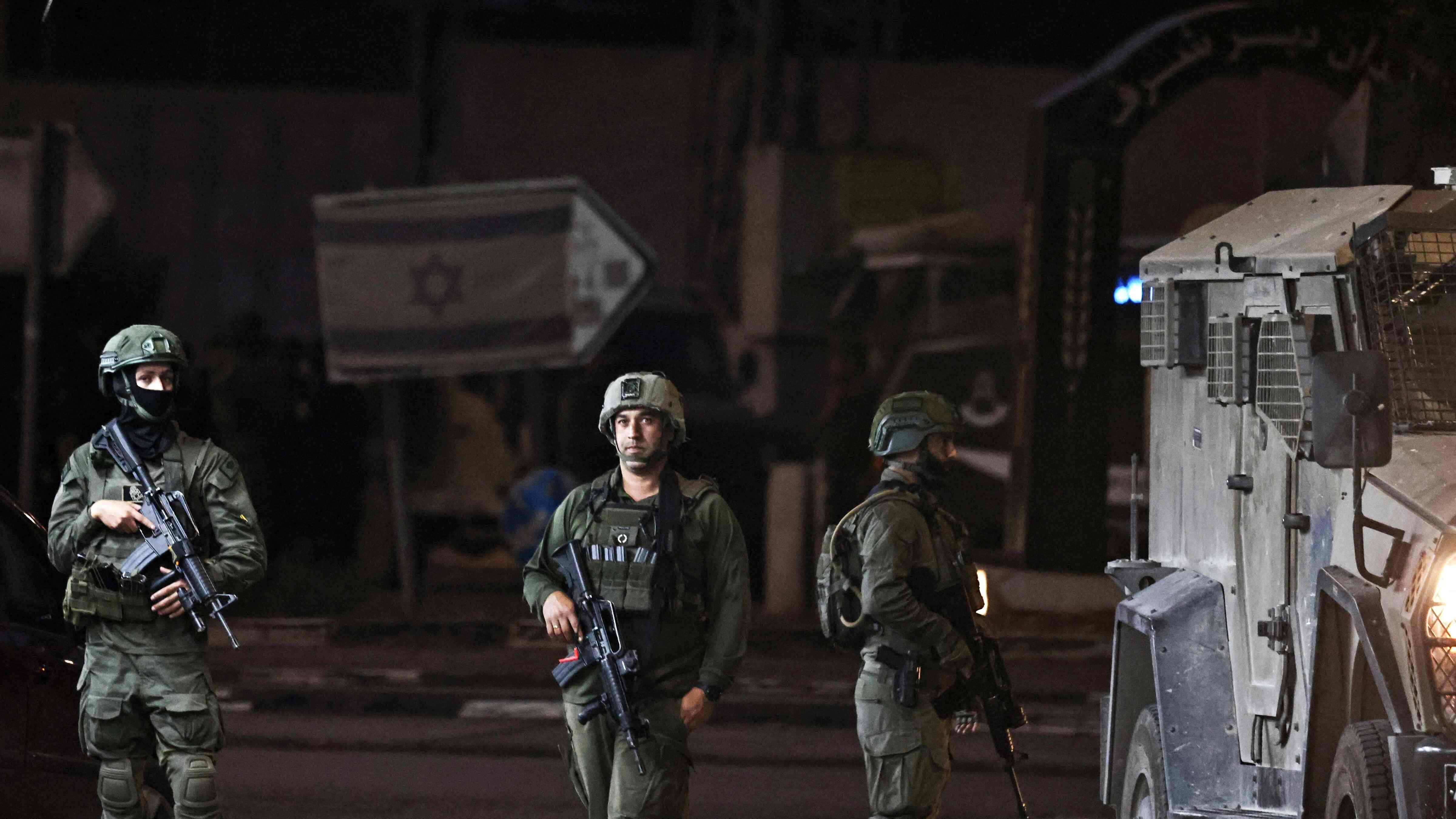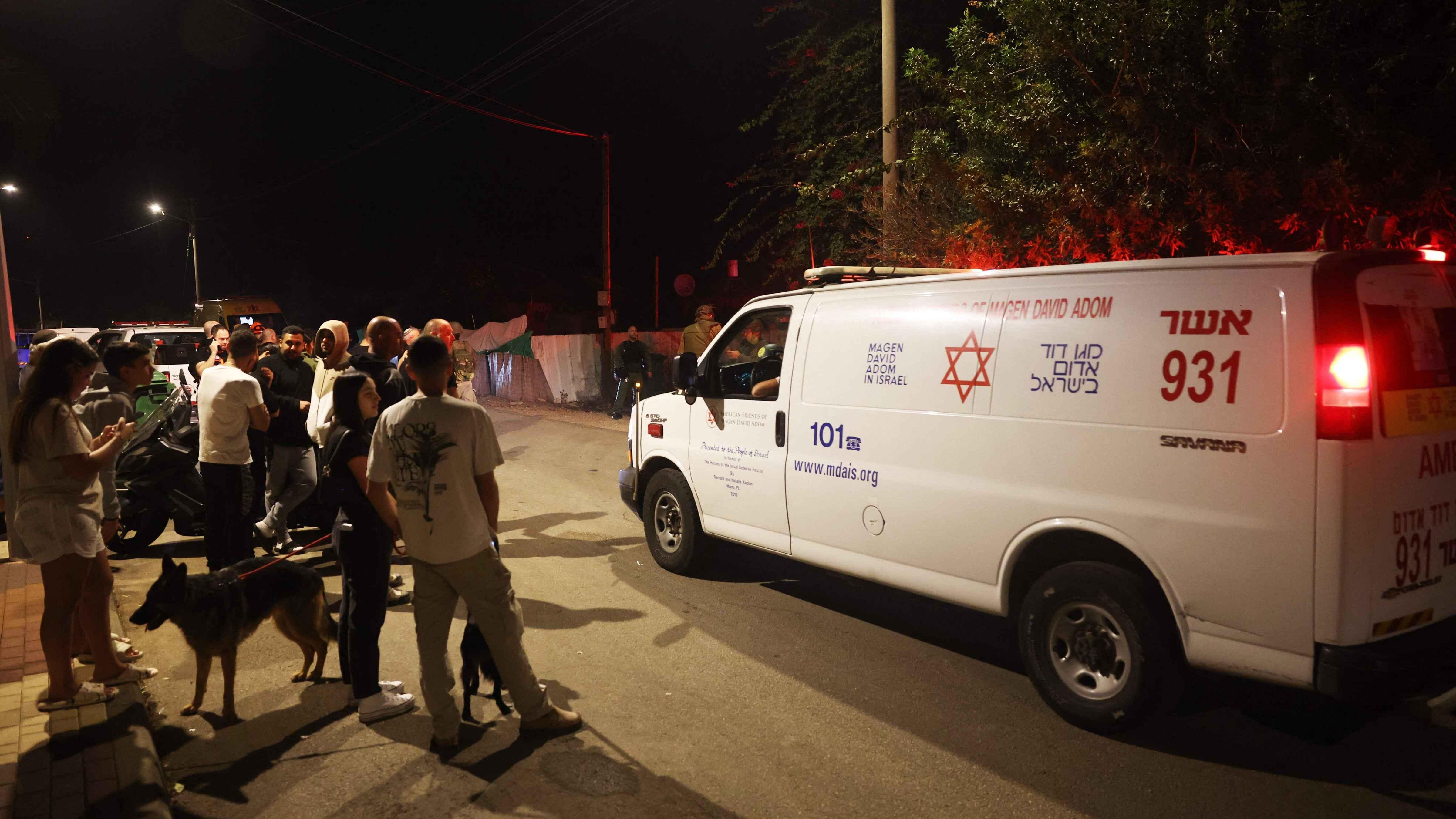Examining the Arab Spring through a ‘Rear Window’
In his wise book “Identity & Violence,” Nobel Laureate Amartya Sen recounts his arrival from India to Cambridge, England in the mid-1950s. A fellow Cambridge student took him to see the newly released movie “Rear Window” directed by the legendary Alfred Hitchcock and starring James Stewart.
As the murder plot thickened, Sen wrote, his intellectual friend assured him that by the end of the film it would be clear that in fact no murder had occurred. The suspected murder, which Stewart has pieced together by watching neighbors through his rear window, was mere allegory. Hitchcock’s goal, the student explained, was to create a metaphor of the “Red Scare” sweeping America, indicting the McCarthy witch hunts that had neighbor spying on neighbor.
Alas, near the end of the film Stewart’s character confronts his neighbor, the police arrive and the suspect confesses to killing his wife. So much for grand theorizing and the search for deeper meaning or connection of disparate events to explain the shifting political fault lines of mid-century America. “Rear Window” was just classic Hitchcock, a suspense thriller. It received four Academy Award nominations.
Sen’s book was published in 2006, long before the “Arab Spring,” and it focuses largely on the task of dismantling the “civilizational clash” arguments made famous by scholar Samuel Huntington. It is worth reading for that alone. But Sen’s reasoning is perhaps helpful to reflect somewhat on just how we are analyzing the events sweeping through Turkey’s neighborhood.
Like Sen’s schoolmate at Cambridge, are we struggling to see a grand clash between secularism and Islamism that may not be the true dynamic at all? Sure, Libya’s interim leader Mustafa Abdul Jalil’s declarations about embracing shariah law are noteworthy. Divining the intent of Tunisia’s top vote-getting party Ennahda is properly a matter of scrutiny. But is religiosity – or its absence – the sum of the Libyan or Tunisian plot? Most of us would probably answer no. But with a few notable exceptions, such as Ellen Knickmeyer’s work for Foreign Policy magazine, this is THE story.
Few analysts have spent much time looking at demographics. Two out of three Arabs are under 30, as are half of all Turks and Iranians. Only sub-Saharan Africa has a higher percentage of young people. I’ll admit that’s not as interesting as the dominant narrative. But it might explain more.
The use of this term “Arab Spring” may be limiting our field of vision. One example is the anti-government rioting in Albania earlier this year that slipped from the world’s attention so quickly when eclipsed by events in so many other places. Have the angry Albanians all been mollified? I suspect not.
Does the nature of our questioning lock us into presuppositions? A growing debate now ensues, for example, about the wisdom of exhausted state and democracy-building efforts in Afghanistan and Iraq. At root in this discussion, however, is the assumption that democracy is something invented by the West. There is plenty of inspiration, meanwhile, in the neglected history of the East.
We cannot, of course, just wait for the end of the movie. But while anticipating outcomes, we might enrich our menu of scenarios.










